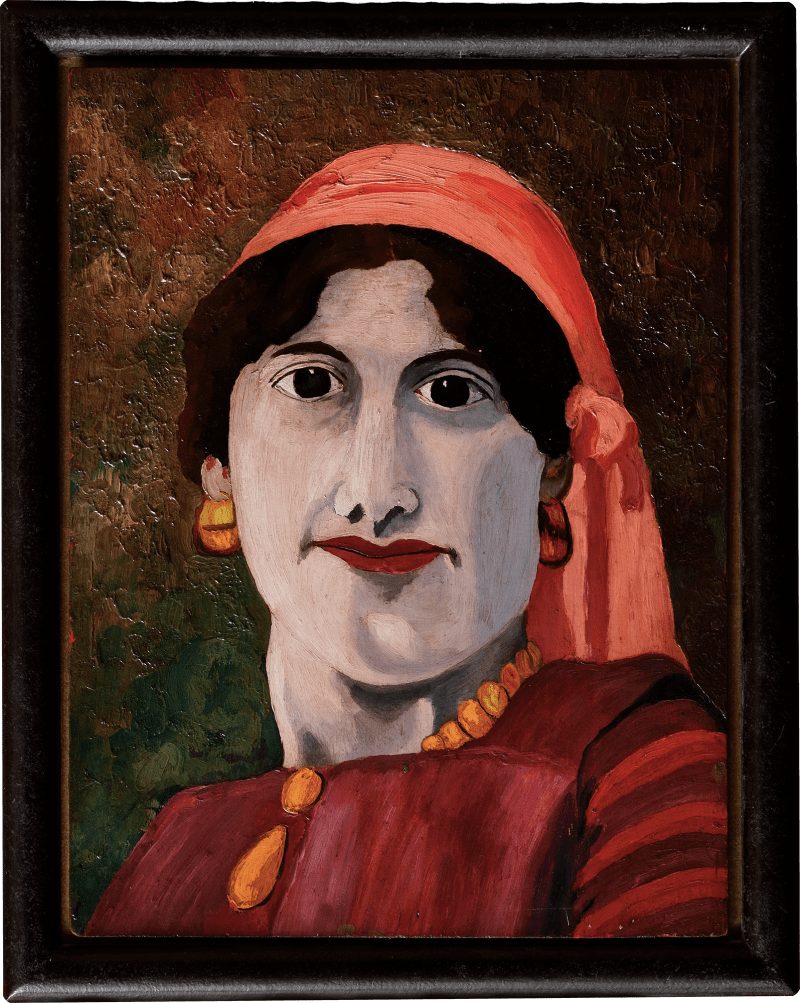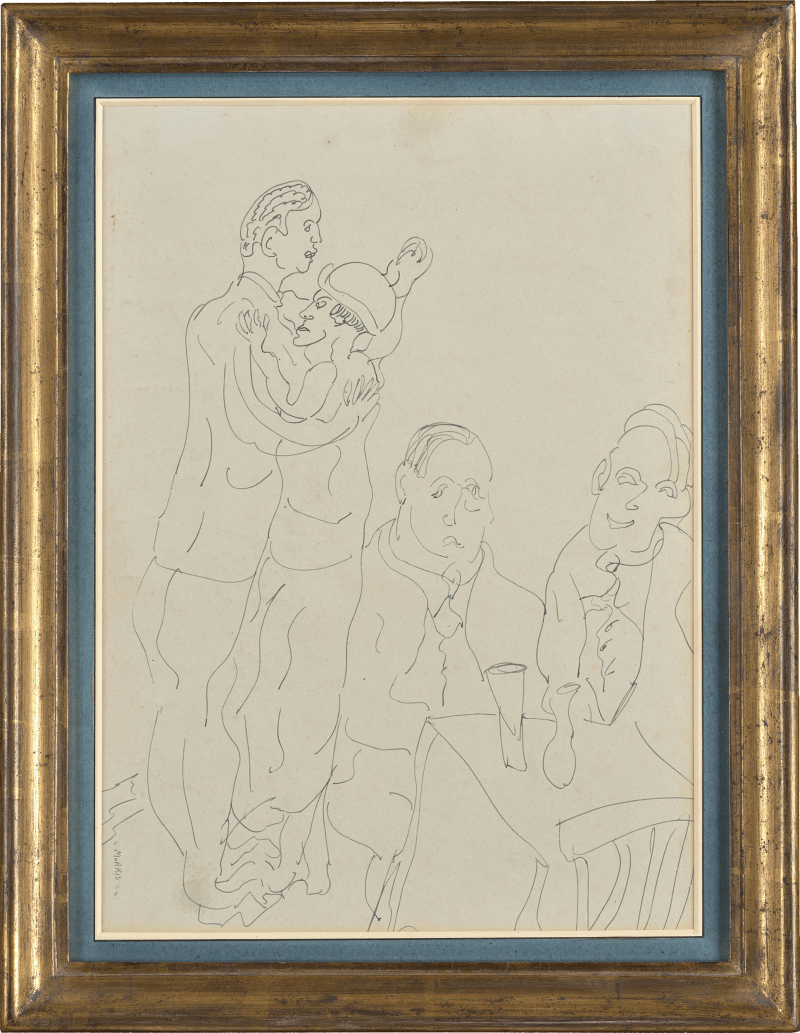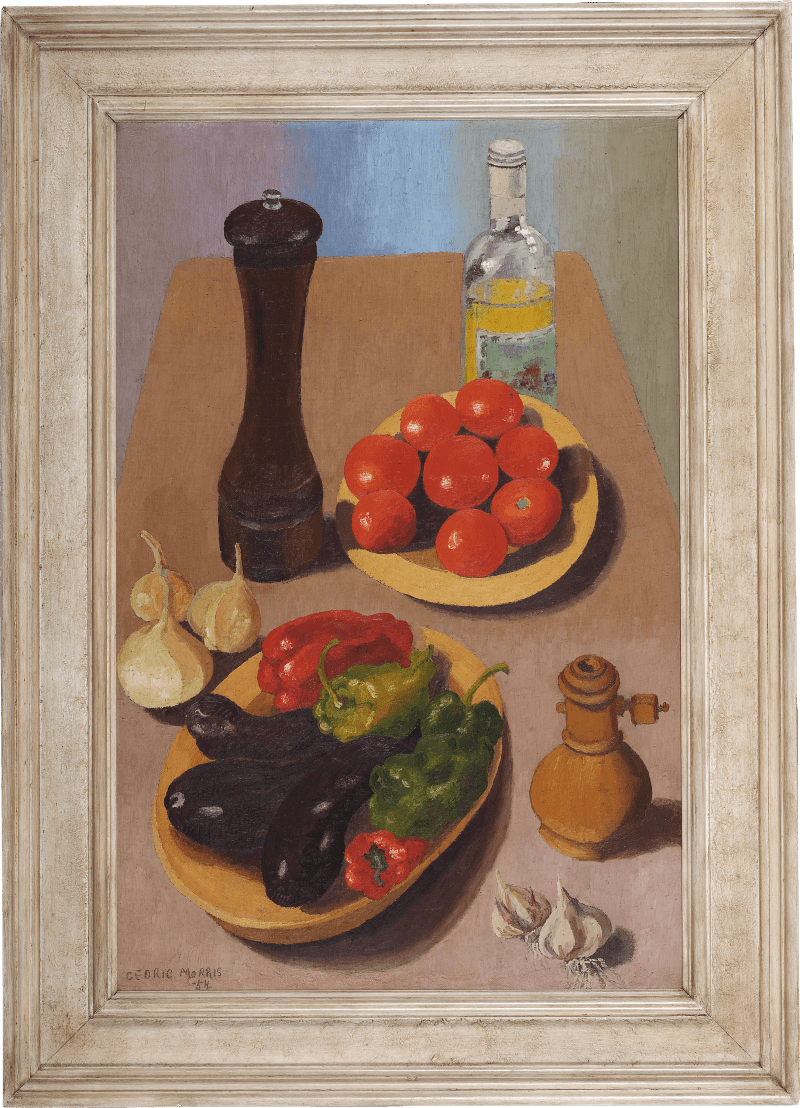The sheer ambition of Still-life of Flowers in a Jug reflects Morris’ renewed sense of vigour which came as a result of his relocation from London to the Suffolk countryside in 1929. At this date Morris had the best of both worlds; he was living in the countryside, fully immersed in nature with endless subjects to paint, but was then able to sell his paintings to wealthy collectors in London through several prominent dealers. He also had few commitments – the East Anglian School of Painting and Drawing had not yet been established, and although money was always gladly received, it was not desperately needed. It is for these reasons that Morris’s still-lives from 1930s – especially those painted at The Pound - are considered some his most focussed and successful works.
The sheer ambition of Still-life of Flowers in a Jug reflects Morris’ renewed sense of vigour which came as a result of his relocation from London to the Suffolk countryside in 1929. At this date Morris had the best of both worlds; he was living in the countryside, fully immersed in nature with endless subjects to paint, but was then able to sell his paintings to wealthy collectors in London through several prominent dealers. He also had few commitments – the East Anglian School of Painting and Drawing had not yet been established, and although money was always gladly received, it was not desperately needed. It is for these reasons that Morris’s still-lives from 1930s – especially those painted at The Pound - are considered some his most focussed and successful works.










